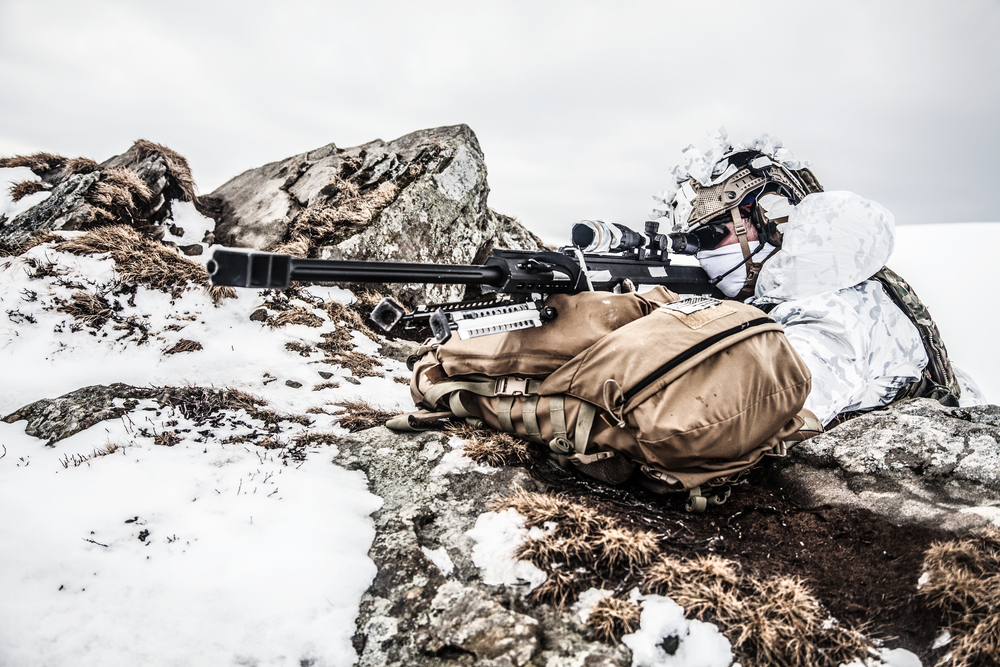
Last month, the US military-led a Swift Response exercise by deploying Alaska-based Paratroopers over the Arctic Circle with the intention to land in Norway. This particular exercise marks the very first time any unit in this annual operation to be rapidly deployed from Alaska and into Northern Europe’s arctic terrain.
Although some weather complications prevented these paratroopers from making an actual jump onto the frozen lake below, the preparations involved with—as well as all of the complicated steps leading up to—the operation has restored a once-common Army capability from between the 1950s and the 1990s. For this exercise, the US Army placed upwards of 20,000 soldiers in the field in the middle of winter.
At the Paris-based Eurosatory defense exhibition, General Peter Andrysiak commented, “You’re talking about ranges of minus 30 to minus 60, with no issues.” The deputy commander of the US Army Europe and Africa, goes on to say, “They were equipped, they were trained and there was an ethos that was built into the organization. It was very unique and it has its own pride and its own identity.”
It probably comes as no surprise that the US military has increased its attention on war in the Middle East since the 9/11 attack on the US mainland. However, these efforts in the Arctic are not exactly sustainable in the long term, regardless of how much they want to focus such exercises.
Indeed, the effort to deploy soldiers over the Arctic Circle have every intention of teaching the US Army how to restore self-sustaining capabilities, particularly in these harsh environments. And, of course, the Arctic Circle has grown to be a major strategic stronghold for most of the global powers. Obviously Russia has been installing—and continues to install—significant military investments in this region. This, of course, is one big reason both the US and NATO have shifted focus on defense planning in this region in recent years.
